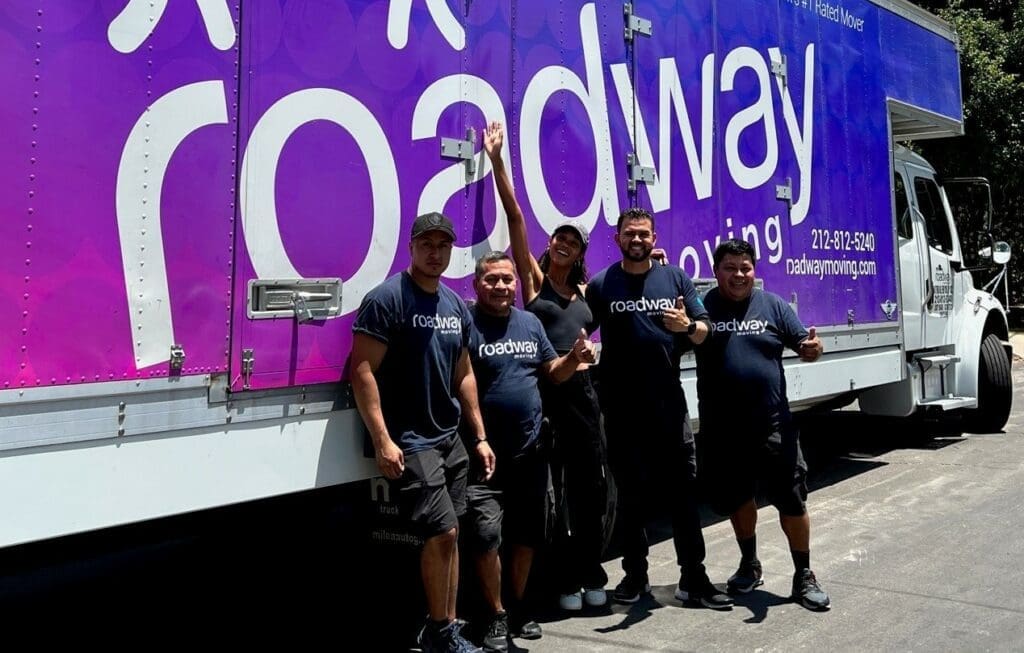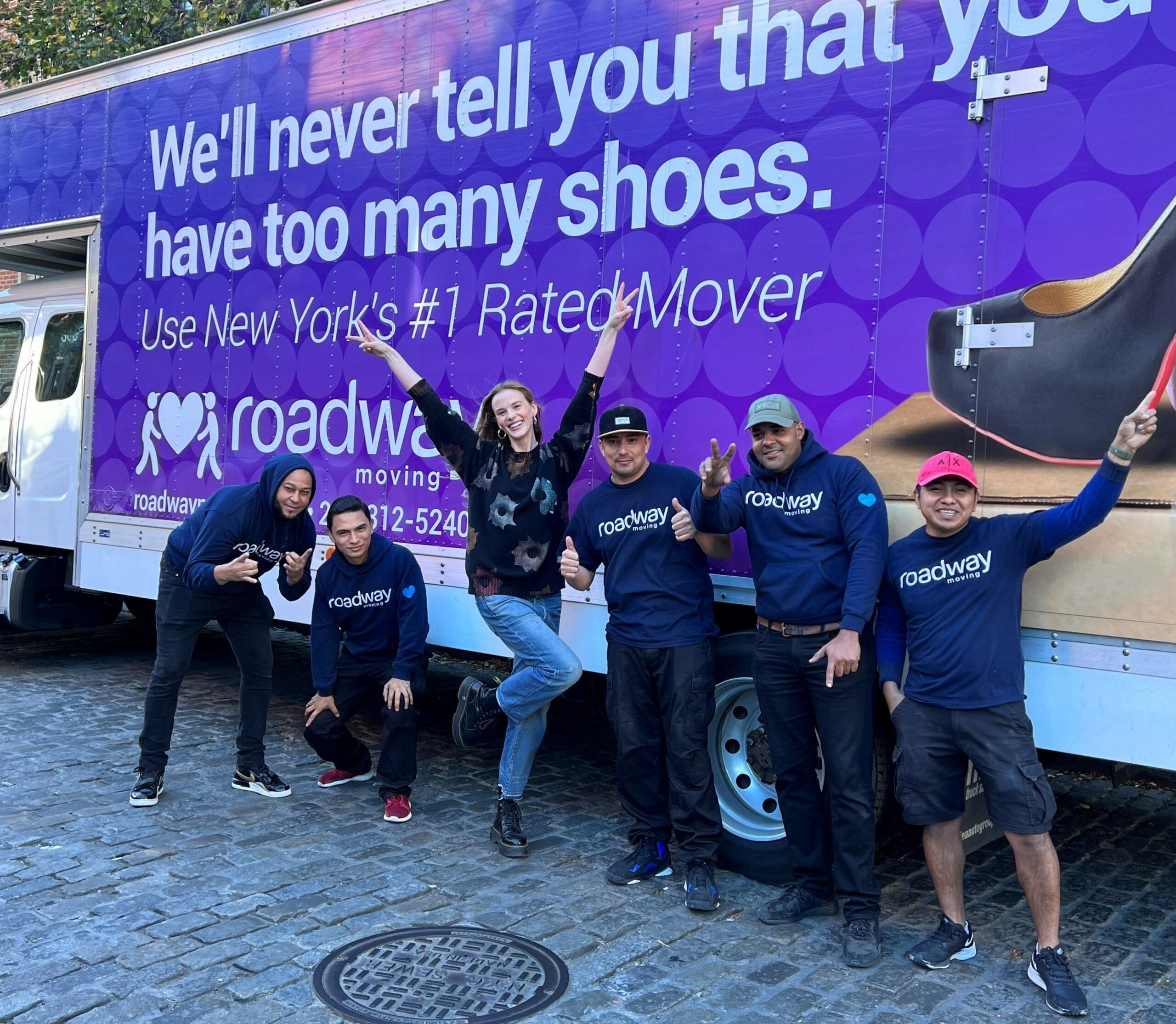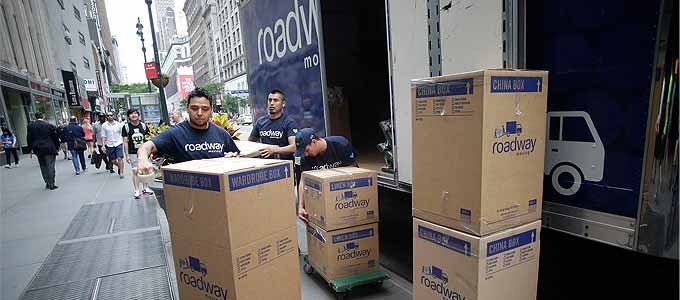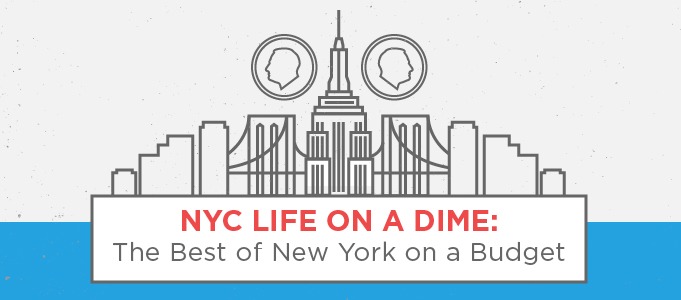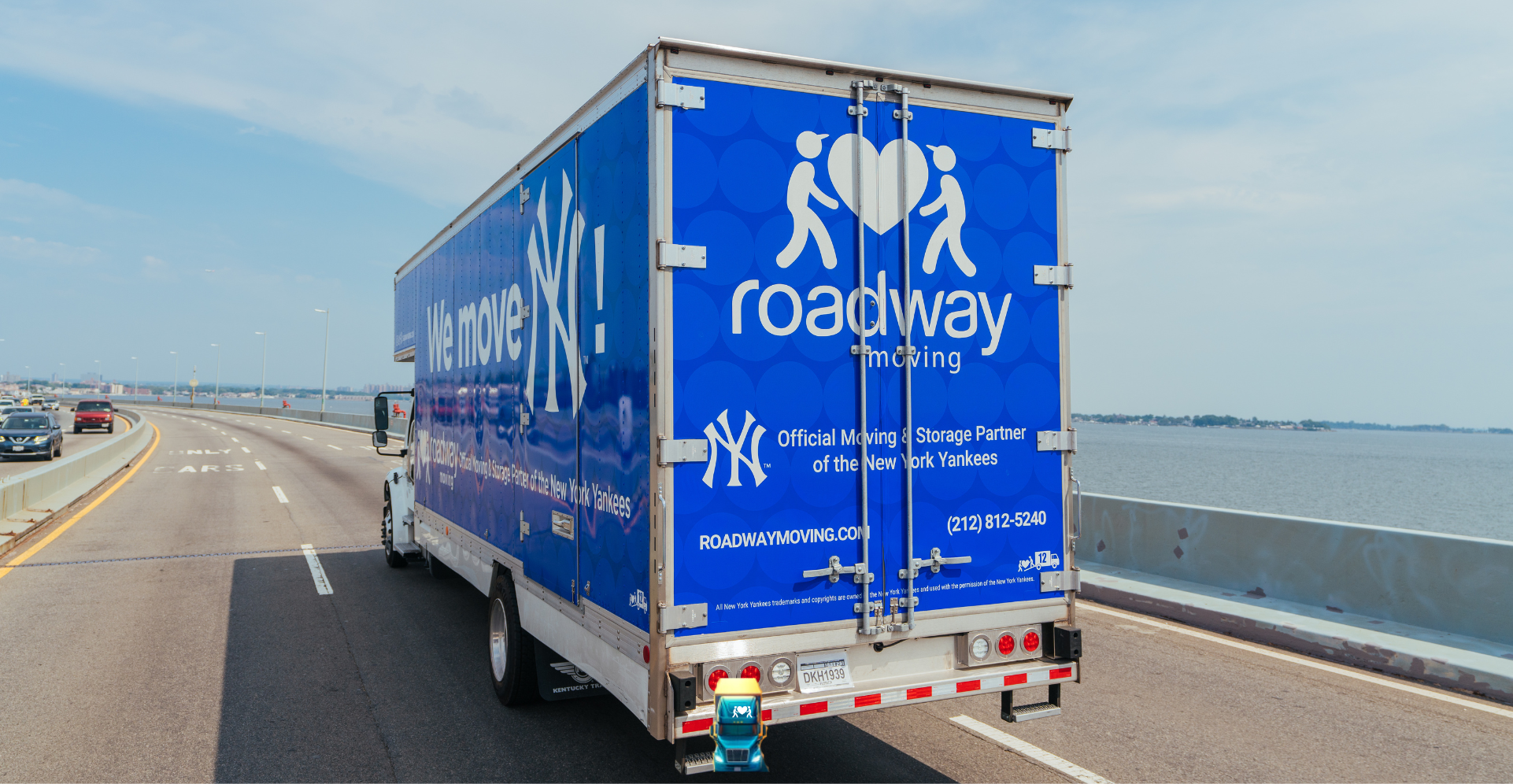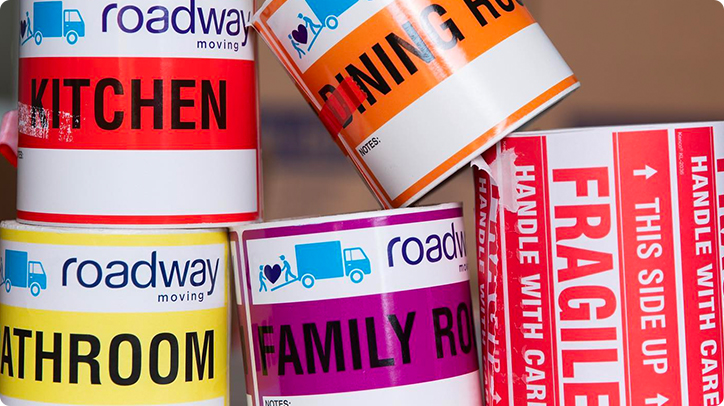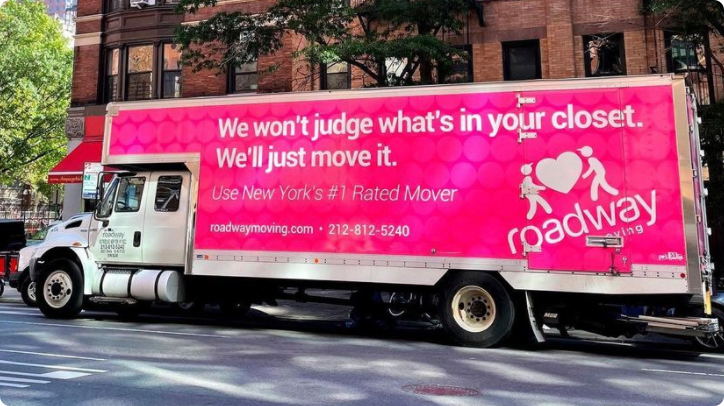Brownstone Living vs. High-Rise Living






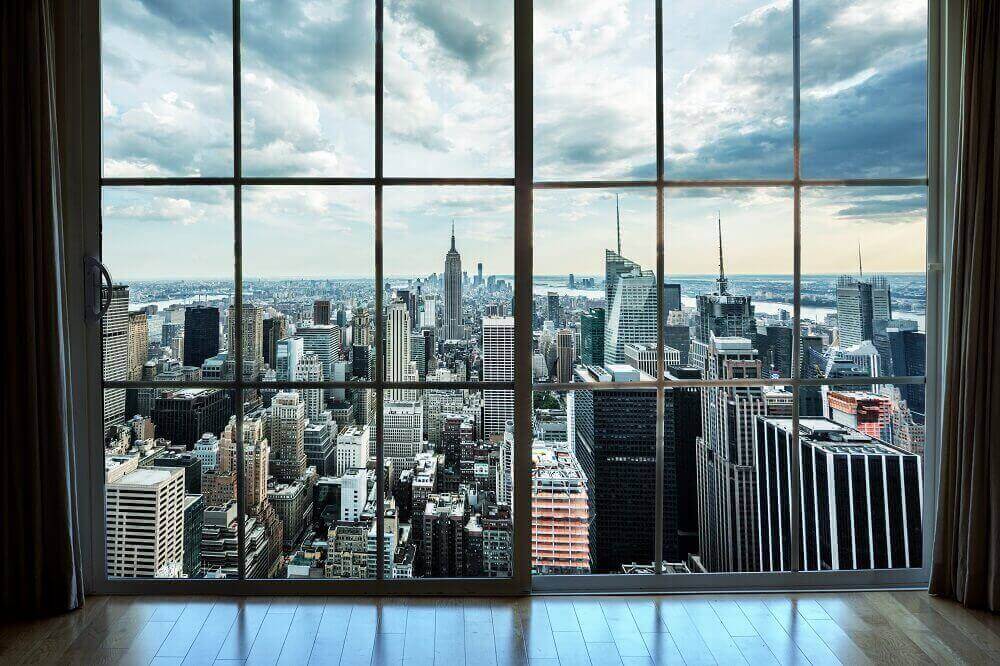
By Tracy Kaler:
Living in New York City presents a slew of options when it comes to real estate. For starters, you’ll have to choose a borough and a neighborhood, but you’ll also need to pick an apartment type. Do you want to live in a new, modern, high-rise apartment building with sweeping city views? Or, do you prefer a historic brownstone on a picturesque, tree-lined block? Before you decide which type of home suits your style, take a closer look at the differences between brownstone living and high-rise living.
Brownstones vs. High-Rises: Walkup or Elevator
Brownstone buildings are walkup buildings. And a walkup has no elevator, and that means stairs (and lugging groceries, supplies, suitcases, etc.) are a way of life. That said, if you’re renting or buying an apartment in a brownstone, you may have to climb several flights daily depending on the floor of your apartment.
While many brownstones are broken into multiple units, some are single-family residences. These would likely include a ground level or basement, parlor level up the steps and inside the front door, and two floors above, usually for bedrooms.
All high-rise buildings––and any building over six stories––will have an elevator in New York City. And an elevator is a tremendous amenity, and for some, worth the extra dollars spent each month. (Elevator buildings tend to command higher prices than walkup buildings.)
Brownstones vs. High-Rises: Building Super or Full-Service
The brownstone lifestyle and high-rise lifestyle are vastly different. Most high-rise buildings are full service, so a doorman and other staff members are ready and waiting to open the front door, receive packages, remove trash, and take care of other maintenance issues. Depending on your age, health, and schedule, living in a full-service building can make everyday life easier and hassle-free.
Brownstone buildings may provide a super, but will not have a doorman or other staff members to assist tenants or shareholders. Some small brownstone apartment buildings will be managed by the tenants or shareholders. If you own the entire brownstone, you’d be responsible for your trash, shoveling snow, and overall upkeep of the property or you’d have to hire someone to handle building maintenance.
Just as apartments in elevator buildings usually cost more than walkup buildings, the cost of apartments in full-service properties will be higher than those in super-managed or self-managed brownstones.
Brownstones vs. High-Rises: Design Details and Amenities
A beautiful mix of Renaissance Revival, Italianate, and Greek Revival architecture,
townhouses in New York are loaded with charm, and often, the interior detailing has been preserved. Thus, brownstones are in high demand.
In the Harlem neighborhood, for example, brownstones likely feature original wood-burning fireplaces, elaborate wainscoting, and 11 or 12-foot ceilings. Other New York City neighborhoods known for their gorgeous brownstones include Brooklyn Heights, Park Slope, Cobble Hill in Brooklyn, and the Upper West Side in Manhattan. That level of architectural eye candy is a draw for many folks, prompting them to seek out townhouses with period details intact.
Pre-war high-rises are plentiful in certain neighborhoods and may feature tall ceilings, bay windows, inlaid hardwood floors, and crown moldings. Still, high-rises typically don’t offer the same level of character as brownstone buildings. What you will find in some high-rises––both pre-war and post-war, however––are open views, a selling point, and definite attraction in terms of New York City living.
When considering architectural integrity, post-war high-rises won’t compare to brownstones. They will often provide more functional layouts, sleeker materials and finishes, and sometimes even an in-unit washer and dryer, as well as other desirable perks. Plus, luxury high-rise buildings often come complete with furnished roof decks, playrooms for kids, fitness centers, and a host of other amenities.
Know that the more amenities a property offers, the higher the cost to live in the building.
Brownstone vs. High-Rises: Moving
Moving into a brownstone or walkup building presents its challenges. Without an elevator, your mover will have to carry furniture, boxes, etc., up several flights unless you rent or buy a flat on the ground floor. If walkup living is for you, a top NYC moving company, like Roadway Moving, will know the ins and outs of hauling your belongings to a third, fourth, or even fifth floor. But every building is different, so you and your mover should access the structure before the move. Narrow staircases and tricky turns and landings may complicate move-in day, depending on your furniture items and sizes.
While moving into a high-rise building could encourage a smoother transition, most elevator buildings have their space limitations as well. Some large pieces of furniture may not fit into a freight elevator and will need to be transported via stairs. Depending on your apartment’s floor (high-rises can consist of 15, 20, 30, or more stories), moving objects via stairs could incur additional costs if an oversized item doesn’t fit into an elevator.
Roadway Moving NYC
No matter which borough and neighborhood you move to and which type of residence you select ––be it a brownstone or a high-rise apartment––hire one of the best NYC movers for a stress-free moving experience.

